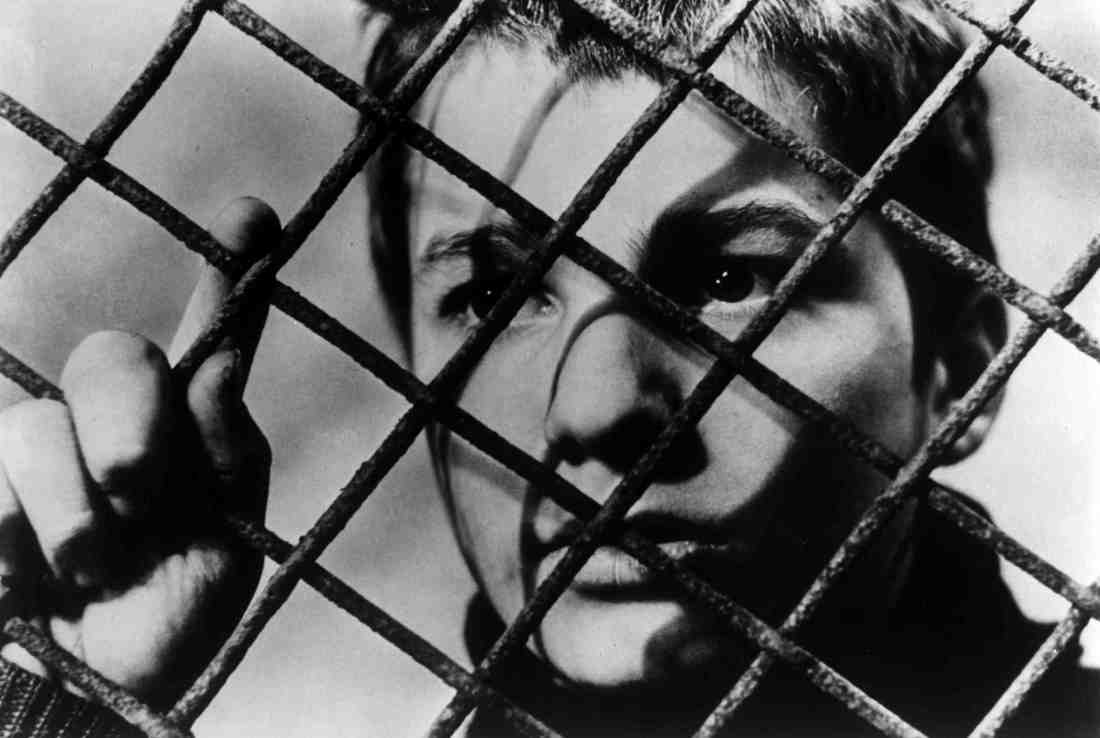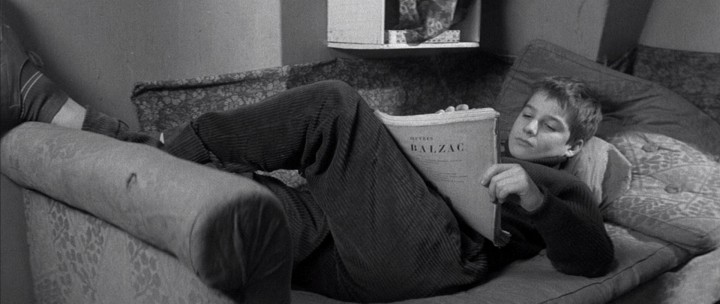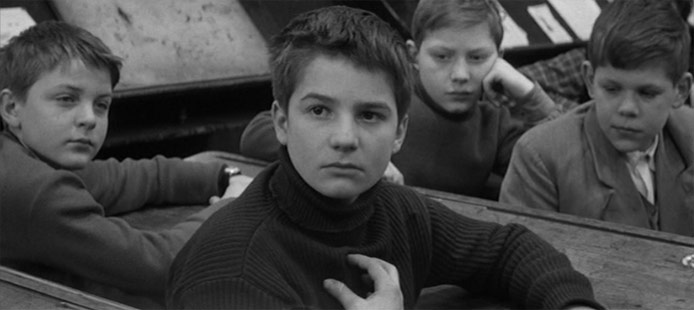Along with Jean-Luc Godard’s Breathless (1960), François Truffaut’s The 400 Blows (1959) is perhaps the cornerstone of French New Wave cinema. It’s more straightforward as filmmaking than Godard’s film, but its lack of much in the way of a dramatic narrative makes it even more experimental in other areas. The film — autobiographical in nature — simply follows a stretch of life of troubled schoolboy Antoine Doinel (Jean-Pierre Léaud). We track his life through his increasing difficulty with his school and his parents up to a point that can either be read as the moment of his rebirth/coming-of-age or as the point where he’s run out of places to run. It may just be an expression of both, since the latter realization might well mark a coming-of-age. Along the way, we also learn about his interest in going to the movies and his growing passion for the writer Honoré de Balzac. (Those familiar with Noah Baumbach’s 2005 film The Squid and the Whale will recognize a variant on the Balzac-plagiarism business that underscores Truffaut’s influence.)
In other respects, the film is about those moments in life when we start to find that our parents are just as flawed and confused as we are. In this regard, The 400 Blows seems as much a reaction to 1950s Hollywood movies and even more to that era’s TV as it does to “classical” French filmmaking. That reaction to what supposedly constituted good films at the time, however, is central to the thing that has kept The 400 Blows fresh for 50 years — that it’s alive with the joy of filmmaking for its own sake. It’s an essential work for this reason alone, even if Truffaut would go on to make better films.
Classic World Cinema by Courtyard Gallery will present The 400 Blows Friday, Jan. 30, at 8 p.m. at Phil Mechanic Studios, 109 Roberts St., River Arts District (upstairs in the Railroad Library). Info: 273-3332, www.ashevillecourtyard.com






Wait, wut? Where’s the other half star?
Where indeed…